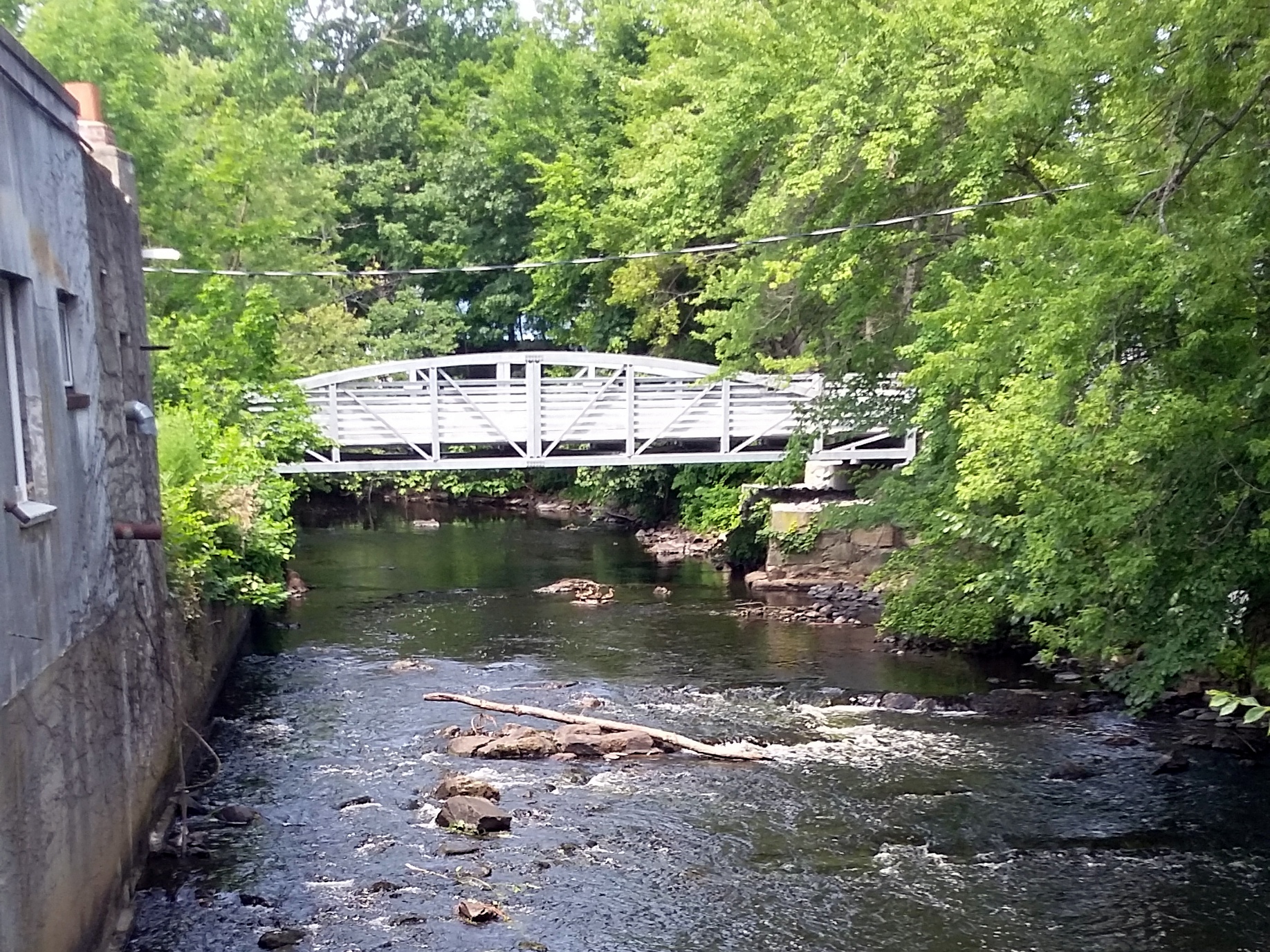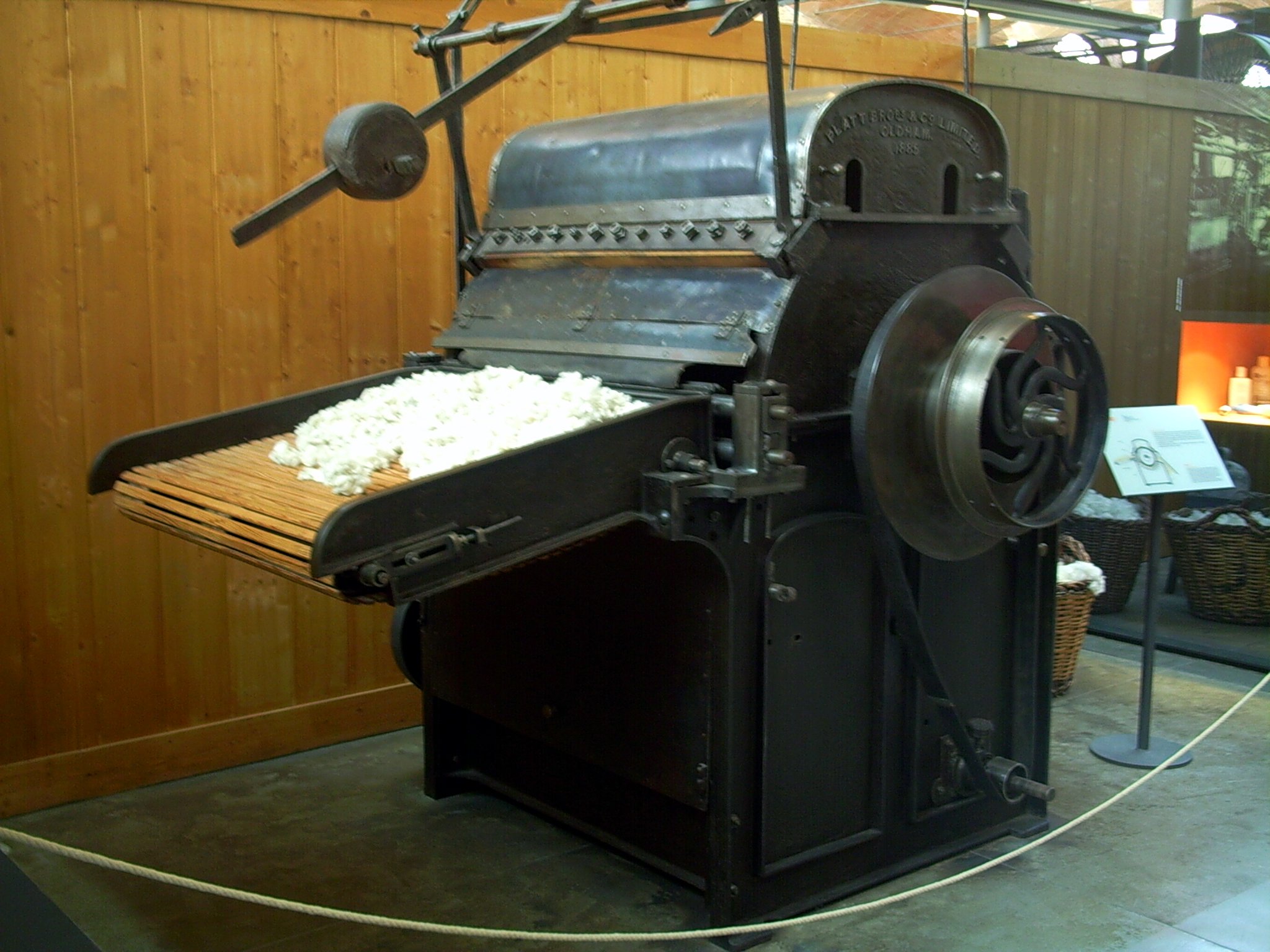|
Damon Mill
The Damon Mill is an historic mill complex on the Assabet River and located at 9 Pond Lane in Concord, Massachusetts. The site, which has an industrial history dating to the 17th century, was adapted for the production of textiles in the 19th century, with the surviving complex dating to 1862. It was listed on the National Register of Historic Places in 1979. History Industrial works in the Assabet River area of western Concord date to about 1660, when there was a bog iron works established. The river was soon dammed, with grist and sawmills serving the surrounding agricultural community. The first textile mill was built in 1808 by John Brown, the son of a local clothier, and produced cotton goods. The mill changed hands several times before coming under the ownership of Calvin Carver Damon in 1834. Under his ownership, improvements were made to the dam and tail race, and a more efficient water wheel was installed. In 1854, Calvin's son, Edward Carver Damon, assumed co ... [...More Info...] [...Related Items...] OR: [Wikipedia] [Google] [Baidu] |
Concord, Massachusetts
Concord () is a town in Middlesex County, Massachusetts, in the United States. At the 2020 census, the town population was 18,491. The United States Census Bureau considers Concord part of Greater Boston. The town center is near where the confluence of the Sudbury and Assabet rivers forms the Concord River. The area that became the town of Concord was originally known as Musketaquid, an Algonquian word for "grassy plain." Concord was established in 1635 by a group of English settlers; by 1775, the population had grown to 1,400. As dissension between colonists in North America and the British crown intensified, 700 troops were sent to confiscate militia ordnance stored at Concord on April 19, 1775. Chidsey, p. 6. This is the total size of Smith's force. The ensuing conflict, the battles of Lexington and Concord, were the incidents (including the shot heard round the world) that triggered the American Revolutionary War. A rich literary community developed in Concord during th ... [...More Info...] [...Related Items...] OR: [Wikipedia] [Google] [Baidu] |
Elbridge Boyden
Elbridge Boyden (1810–1898) was a prominent 19th-century American architect from Worcester, Massachusetts who designed numerous civil and public buildings throughout New England and other parts of the United States. Perhaps his best known works are the Taunton State Hospital (1851) and Mechanics Hall (1855) in Worcester. Biography Early life Boyden was born in Somerset, Vermont on July 4, 1810 to Amos Boyden, a Revolutionary War Veteran, and Abigail (Wood) Boyden. The family moved to Orange, Massachusetts where young Elbridge attended public schools. As a young boy, he left school to work in a sawmill. At age sixteen he went to Athol where he was apprenticed to a carpenter, Joel Stratton. Stratton owned two books by Asher Benjamin, which is where Boyden began his architectural training. In 1830 he began to work for Jonathan Cutting, a builder from Templeton, who had built the First Church in that town. Before long he bought out Cutting's business, and worked as a builder and ... [...More Info...] [...Related Items...] OR: [Wikipedia] [Google] [Baidu] |
Assabet River
The Assabet River is a small, long river located about west of Boston, Massachusetts, United States.U.S. Geological Survey. National Hydrography Dataset high-resolution flowline dataThe National Map, accessed October 3, 2011 The Assabet rises from a swampy area known as the Assabet Reservoir in Westborough, Massachusetts, and flows northeast before merging with the Sudbury River at Egg Rock in Concord, Massachusetts, to become the Concord River. ThOrganization for the Assabet, Sudbury and Concord Rivers (OARS) headquartered in West Concord, Massachusetts, is a non-profit organization dedicated to the preservation, protection, and enhancement of the natural and recreational features of these three rivers and their watershed. As the Concord River is a tributary of the Merrimack River, it and the Assabet and Sudbury rivers are part of the larger Merrimack River watershed. Etymology The indigenous people of this region first named the Assabet River, though the original meaning of ... [...More Info...] [...Related Items...] OR: [Wikipedia] [Google] [Baidu] |
National Register Of Historic Places
The National Register of Historic Places (NRHP) is the United States federal government's official list of districts, sites, buildings, structures and objects deemed worthy of preservation for their historical significance or "great artistic value". A property listed in the National Register, or located within a National Register Historic District, may qualify for tax incentives derived from the total value of expenses incurred in preserving the property. The passage of the National Historic Preservation Act (NHPA) in 1966 established the National Register and the process for adding properties to it. Of the more than one and a half million properties on the National Register, 95,000 are listed individually. The remainder are contributing resources within historic districts. For most of its history, the National Register has been administered by the National Park Service (NPS), an agency within the U.S. Department of the Interior. Its goals are to help property owners a ... [...More Info...] [...Related Items...] OR: [Wikipedia] [Google] [Baidu] |
Textile Mill
Textile Manufacturing or Textile Engineering is a major industry. It is largely based on the conversion of fibre into yarn, then yarn into fabric. These are then dyed or printed, fabricated into cloth which is then converted into useful goods such as clothing, household items, upholstery and various industrial products. Different types of fibres are used to produce yarn. Cotton remains the most widely used and common natural fiber making up 90% of all-natural fibers used in the textile industry. People often use cotton clothing and accessories because of comfort, not limited to different weathers. There are many variable processes available at the spinning and fabric-forming stages coupled with the complexities of the finishing and colouration processes to the production of a wide range of products. History Textile manufacturing in the modern era is an evolved form of the art and craft industries. Until the 18th and 19th centuries, the textile industry was a household ... [...More Info...] [...Related Items...] OR: [Wikipedia] [Google] [Baidu] |
Cloth Production
The study of the history of clothing and textiles traces the development, use, and availability of clothing and textiles over human history. Clothing and textiles reflect the materials and technologies available in different civilizations at different times. The variety and distribution of clothing and textiles within a society reveal social customs and culture. The wearing of clothing is exclusively a human characteristic and is a feature of most human societies. There has always been some disagreement among scientists on when humans began wearing clothes, but studies involving the evolution of body lice suggest it started sometime around 170,000 years ago. Anthropologists believe that animal skins and vegetation were adapted into coverings as protection from cold, heat, and rain, especially as humans migrated to new climates. Textile history is almost as old as human civilization, and as time has passed, the history of textile has been more enriched. Silk weaving was introdu ... [...More Info...] [...Related Items...] OR: [Wikipedia] [Google] [Baidu] |
Edward Carver Damon
Edward is an English given name. It is derived from the Anglo-Saxon name ''Ēadweard'', composed of the elements '' ēad'' "wealth, fortune; prosperous" and '' weard'' "guardian, protector”. History The name Edward was very popular in Anglo-Saxon England, but the rule of the Norman and Plantagenet dynasties had effectively ended its use amongst the upper classes. The popularity of the name was revived when Henry III named his firstborn son, the future Edward I, as part of his efforts to promote a cult around Edward the Confessor, for whom Henry had a deep admiration. Variant forms The name has been adopted in the Iberian peninsula since the 15th century, due to Edward, King of Portugal, whose mother was English. The Spanish/Portuguese forms of the name are Eduardo and Duarte. Other variant forms include French Édouard, Italian Edoardo and Odoardo, German, Dutch, Czech and Romanian Eduard and Scandinavian Edvard. Short forms include Ed, Eddy, Eddie, Ted, Teddy and Ned ... [...More Info...] [...Related Items...] OR: [Wikipedia] [Google] [Baidu] |
Underwear
Undergarments, underclothing, or underwear are items of clothing worn beneath outer clothes, usually in direct contact with the skin, although they may comprise more than a single layer. They serve to keep outer garments from being soiled or damaged by bodily excretions, to lessen the friction of outerwear against the skin, to shape the body, and to provide concealment or support for parts of it. In cold weather, long underwear is sometimes worn to provide additional warmth. Special types of undergarments have religious significance. Some items of clothing are designed as undergarments, while others, such as T-shirts and certain types of shorts, are appropriate both as undergarments and as outer clothing. If made of suitable material or textile, some undergarments can serve as nightwear or swimsuits, and some are intended for sexual attraction or visual appeal. Undergarments are generally of two types, those that are worn to cover the torso and those that are worn to cover ... [...More Info...] [...Related Items...] OR: [Wikipedia] [Google] [Baidu] |
National Register Of Historic Places Listings In Concord, Massachusetts
This is a list of places on the National Register of Historic Places in Concord, Massachusetts. Concord References {{National Register of Historic Places in Massachusetts Concord Concord, Massachusetts Concord () is a town in Middlesex County, Massachusetts, in the United States. At the 2020 census, the town population was 18,491. The United States Census Bureau considers Concord part of Greater Boston. The town center is near where the confl ... * ... [...More Info...] [...Related Items...] OR: [Wikipedia] [Google] [Baidu] |
Industrial Buildings Completed In 1862
Industrial may refer to: Industry * Industrial archaeology, the study of the history of the industry * Industrial engineering, engineering dealing with the optimization of complex industrial processes or systems * Industrial city, a city dominated by one or more industries * Industrial loan company, a financial institution in the United States that lends money, and may be owned by non-financial institutions * Industrial organization, a field that builds on the theory of the firm by examining the structure and boundaries between firms and markets * Industrial Revolution, the development of industry in the 18th and 19th centuries * Industrial society, a society that has undergone industrialization * Industrial technology, a broad field that includes designing, building, optimizing, managing and operating industrial equipment, and predesignated as acceptable for industrial uses, like factories * Industrial video, a video that targets “industry” as its primary audience * Industria ... [...More Info...] [...Related Items...] OR: [Wikipedia] [Google] [Baidu] |
Buildings And Structures In Concord, Massachusetts
A building, or edifice, is an enclosed structure with a roof and walls standing more or less permanently in one place, such as a house or factory (although there's also portable buildings). Buildings come in a variety of sizes, shapes, and functions, and have been adapted throughout history for a wide number of factors, from building materials available, to weather conditions, land prices, ground conditions, specific uses, prestige, and aesthetic reasons. To better understand the term ''building'' compare the list of nonbuilding structures. Buildings serve several societal needs – primarily as shelter from weather, security, living space, privacy, to store belongings, and to comfortably live and work. A building as a shelter represents a physical division of the human habitat (a place of comfort and safety) and the ''outside'' (a place that at times may be harsh and harmful). Ever since the first cave paintings, buildings have also become objects or canvasses of much artisti ... [...More Info...] [...Related Items...] OR: [Wikipedia] [Google] [Baidu] |







